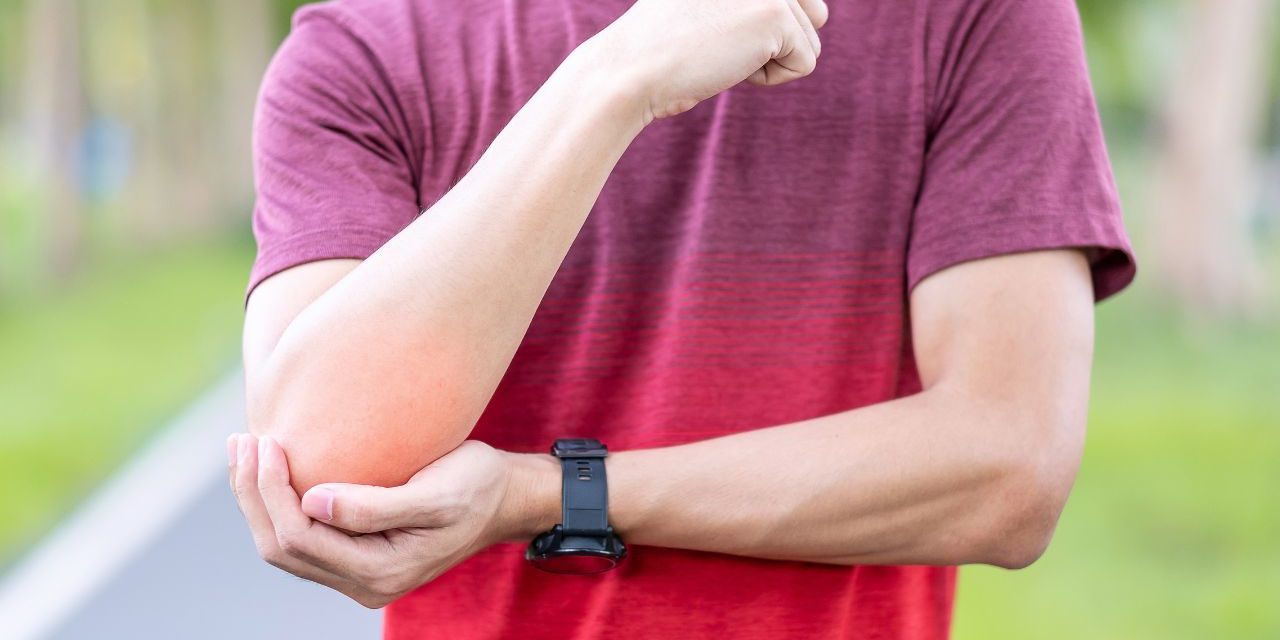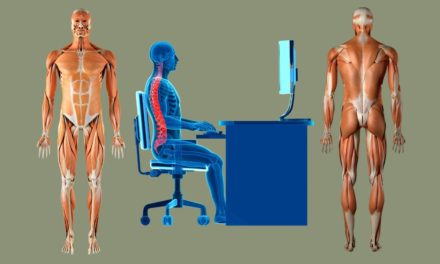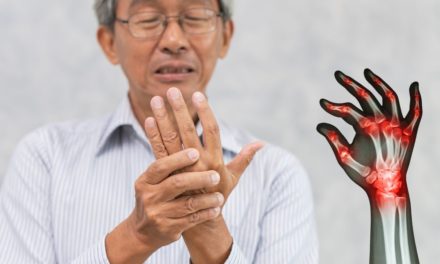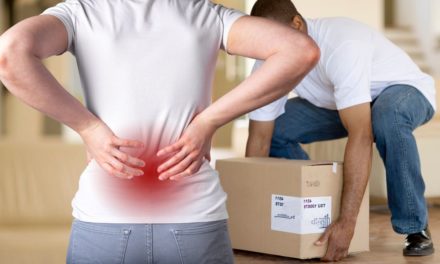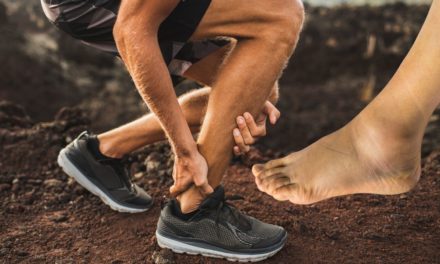Introduction
Tennis elbow and golfer’s elbow are common overuse injuries that affect the tendons in the elbow region. Despite their names, these conditions can occur in individuals who do not play tennis or golf. Tennis elbow, also known as lateral epicondylitis, affects the tendons on the outer side of the elbow, while golfer’s elbow, or medial epicondylitis, affects the tendons on the inner side. Both conditions can cause pain, weakness, and limited range of motion in the affected arm, impacting daily activities and sports performance. Understanding the nature of tennis and golfer’s elbow, their potential causes, symptoms, and available treatment options is crucial in promoting early diagnosis and effective management. In this comprehensive article, we will explore tennis and golfer’s elbow, their underlying factors, common symptoms, and the most appropriate treatment approaches to help individuals find relief and regain elbow function.
The Nature of Tennis/Golfer’s Elbow
Tennis and golfer’s elbow are overuse injuries that occur when the tendons in the elbow are subjected to repetitive strain and microtears. Despite the different names, the underlying mechanism is similar: excessive stress on the forearm muscles and tendons due to repetitive wrist and arm movements.
Potential Causes of Tennis/Golfer’s Elbow
Tennis and golfer’s elbow can be caused by various factors, including:
- Repetitive Movements: Engaging in activities that involve repetitive wrist movements, such as gripping, swinging, or lifting, can strain the tendons.
- Sports and Activities: Besides tennis and golf, racquet sports, weightlifting, and manual labor can contribute to these conditions.
- Poor Technique: Using improper form or technique during physical activities can increase the risk of overloading the tendons.
- Age and Overuse: As individuals age, tendons become less flexible and more susceptible to injury.
- Weak Muscles: Weak forearm muscles may place additional stress on the tendons.
Symptoms of Tennis/Golfer’s Elbow
The symptoms of tennis and golfer’s elbow are similar, but they affect different areas of the elbow:
- Tennis Elbow (Lateral Epicondylitis): Pain and tenderness on the outer side of the elbow, often radiating down the forearm.
- Golfer’s Elbow (Medial Epicondylitis): Pain and tenderness on the inner side of the elbow, often radiating down the forearm.
- Weakness: Weakness in the affected arm, particularly when gripping or lifting objects.
- Stiffness: Stiffness in the elbow joint and limited range of motion.
Effective Treatment Approaches
The treatment for tennis and golfer’s elbow focuses on reducing inflammation, relieving pain, and promoting tendon healing. Common approaches include:
- Rest: Giving the affected arm time to heal through reduced activity and rest.
- Ice and Compression: Applying ice packs and compression bandages can help reduce swelling.
- Pain Relief Medications: Over-the-counter pain relievers can provide temporary relief from discomfort.
- Physical Therapy: A physical therapist can design an appropriate exercise program to strengthen forearm muscles, improve flexibility, and promote tendon healing.
- Corticosteroid Injections: In severe cases, a doctor may administer corticosteroid injections to reduce inflammation.
Preventive Measures
Preventing tennis and golfer’s elbow involves taking proactive measures, such as:
- Proper Technique: Using correct form and technique during sports or exercise.
- Equipment and Grips: Ensuring proper equipment and using appropriate grips to reduce strain on the tendons.
- Warm-up: Engaging in warm-up exercises before physical activities to prepare forearm muscles and tendons.
- Gradual Progression: Gradually increasing the intensity and duration of physical activities to avoid sudden strain on the tendons.
When to Seek Medical Attention
While most cases of tennis and golfer’s elbow respond well to conservative measures, individuals should seek medical evaluation if:
- Pain and Swelling Worsen: Symptoms become more severe despite rest and home care.
- Limited Mobility: Tennis or golfer’s elbow is affecting daily activities and arm function.
- Recurrent Symptoms: Tennis or golfer’s elbow keeps recurring despite adequate rest and prevention strategies.
Result
Tennis and golfer’s elbow are frequent overuse injuries that can cause pain, weakness, and limited function of the elbow. Understanding the possible causes, symptoms, and available treatment options empowers individuals to effectively manage and alleviate these conditions. Most cases of tennis and golfer’s elbow can be treated with rest, home care, and physical therapy. However, seeking medical evaluation for severe or recurring symptoms is critical to ensure an accurate diagnosis and receive appropriate treatment. With the right approach and support, individuals can find relief from tennis and golfer’s elbow, promote tendon healing, and resume their regular activities with improved elbow health and functionality.

